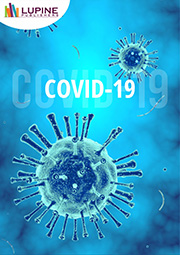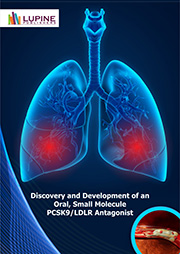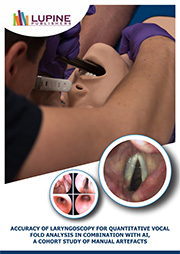Lupine Publishers Group
Lupine Publishers
e-Prints
On Recurrence Detection of Squamous Cell Carcinoma of The Head and Neck; A Critical Survey
by Boysen Morten E*, Brandstorp Boesen J and Bratland Åse
Abstract: Current follow-up protocols of squamous cell carcinoma of the head and neck (SCCHN) rely on detection of recurrence at an asymptomatic stage. The evidence supporting a survival benefit of asymptomatic recurrence detection is relatively weak. These protocols are entirely based on assumptions and tradition, not evidence. There is ample evidence supporting the notion that most recurrences are diagnosed through patient symptoms. The staggering preponderance of symptomatic recurrence suggests that patients lack knowledge concerning symptoms that signify recurrence. Patient education should therefore be regarded a key factor of follow-up. We strongly emphasize the need for an easily accessible and adequate description of red flag symptoms that might signify recurrence. Having proper information, patients are less likely to forget, withhold or disregard these symptoms. Adequate incorporation of symptomatic recurrence might prove beneficial in terms of survival. Improvement of surveillance protocols for patients treated for SCCHN is of great concern considering the lives at stake, expense of treatment and follow-up. Local recurrence is the most important prognostic factor in SCCHN and incomplete surgical margins the single most decisive factor concerning recurrence. Local recurrence can arise close to the site of the initial primary tumor, either from cells left behind after surgery (minimal residual disease/cancer) and further deterioration of premalignant epithelial changes left behind after an excision. Several techniques have been developed for securing resection margins and identification of premalignant epithelial changes, thereby replacing the need for frozen sections. Genetic studies have unravelled the difference between local recurrence and secondary malignant tumors (SMTs) that necessitate significant changes in the timing and duration of follow-up appointments and renewed listing of SMTs.Conclusion: Today’s simple ‘one size fits all’ surveillance protocols for SCCHN are inadequate. Rethinking of today’s follow-up procedure is absolutely required.
View PDF




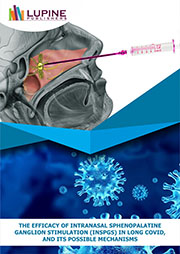




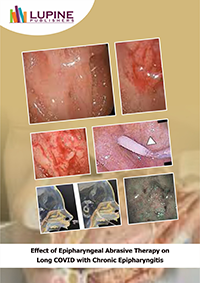
.png)

